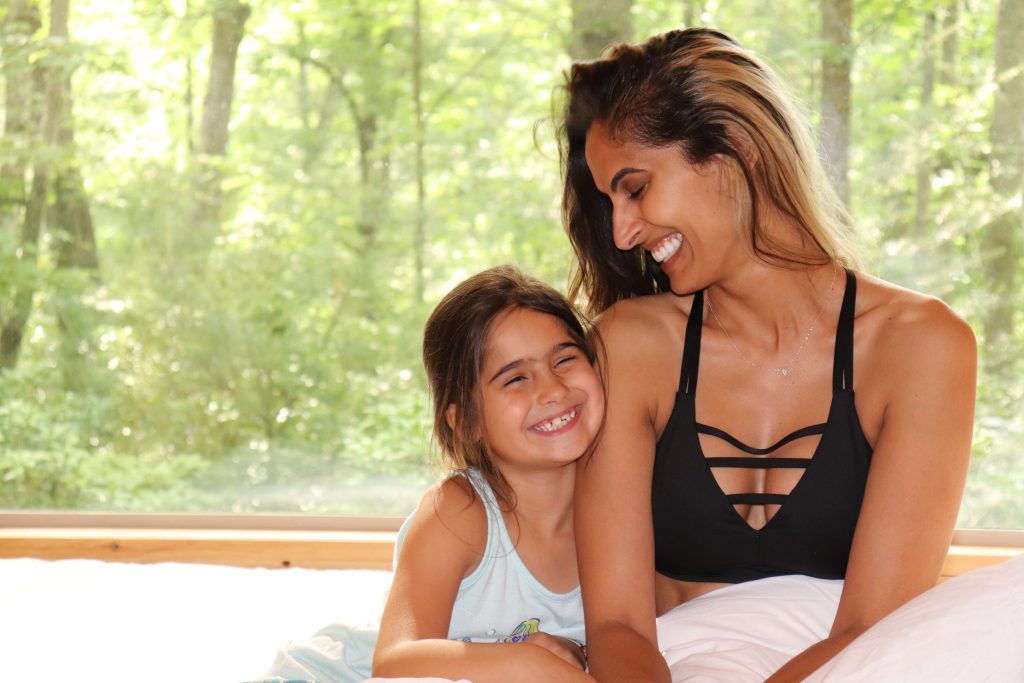
The level of stress, anxiety, and fear in our world right now is an all-time high. Along with the complexities of the pandemic has in itself, social distancing adds a thick layer to the current circumstances. We have never been here. Even the caretakers from all walks of life including the moms.
Most women would agree that making the decision of becoming a mother is something they have thought of most of their lives. And I don’t mean in a way that there is this magnetic maternal instinct to have children, I mean we have thought of the responsibility it upholds at some point in our lives and holds this innate wisdom that it’s a job to take seriously (yes, women are pretty awesome). Most of us have discussed the major important details pertaining to what it would be like to have a kid in our lives and what roles we play and how the schedule would work, etc. But I feel I am not alone when I say we never could have prepared for a pandemic. So, no matter how serious and do take it very seriously at times and end up burning out ourselves; we can’t know how to manage right now. No one else can, why would we?
https://www.instagram.com/p/B_pxH0HF_R-/
This year’s Mother’s Day is an unprecedented one. If there was ever a time for complex emotions it’s now. We cannot fight these cascade of convoluted emotions or run from them or try to bury them or let them overpower us (remember we feel bad about being bad caretakers).
We have got to allow them to be here right now, we have to allow them to show up. We have to say yes to them and realize that it’s okay to not be okay. We don’t have to like them or want them, just simply make room for them right now. We also have to stop nullifying or negating them right now.
When you do this, you are able to make sensible choices based on your values and what’s important to you rather than your emotions. This also helps you to let them go and not attach a story to them.
And in this powerful self-awareness practice, you might even be able to rip that band-aid off those recurring bad feelings and heal from them. Chances are these feelings of judgment, wanting validation, negative self-talk, self-criticism, were already there before the pandemic. We just get busy or maybe keeping ourselves busy to avoid them or don’t have the energy to deal with it. The pressure is there from society no doubt about it. Instagram has exasperated it so much too: “Ooh look! We did art, it’s perfect. It’s all great” by some mommy bloggers. This persona that everything is alright and wonderful all the time isn’t a standard we can sustain in reality.
https://www.instagram.com/p/B_ibMxpF3AZ/
So in order to have a fantastic Mother’s Day, moms will practice emotional resilience. We are going to write our own story and allow ourselves some grace. We will also not feel bad or guilty for taking time for ourselves. And I mean more than a bath or breakfast made for you in bed as those things should be happening on a regular basis. I mean, take a class, do a workshop, join a happy hour with a group of your friends. Something that will nourish your well being and your hard-working, multitasking, over time operating soul. (Shameless plug: take a ThriveHighDaily’s Mother’s Day class.)
In letting go of this weight of feeling bad, you’re taking care of yourself and that’s never selfish. Now is the time to heal, to pour energy into our hearts and to listen to our intuition. And when you initiate the first step, it’s a domino effect and you will be compelled to stay on this journey to having a better relationship with yourself. You will start taking classes, doing workshops to learn more tools to continue to undo and recondition your thinking. But for now — a giant megaphone screaming reminder — you are not alone and it’s okay to show up messy. Recognize it, take note of it, allow it, accept its temporary, don’t judge it, rearrange it and redirect it, breathe and release it. When you release it, you have created space within you now to fill it up with self-love.




